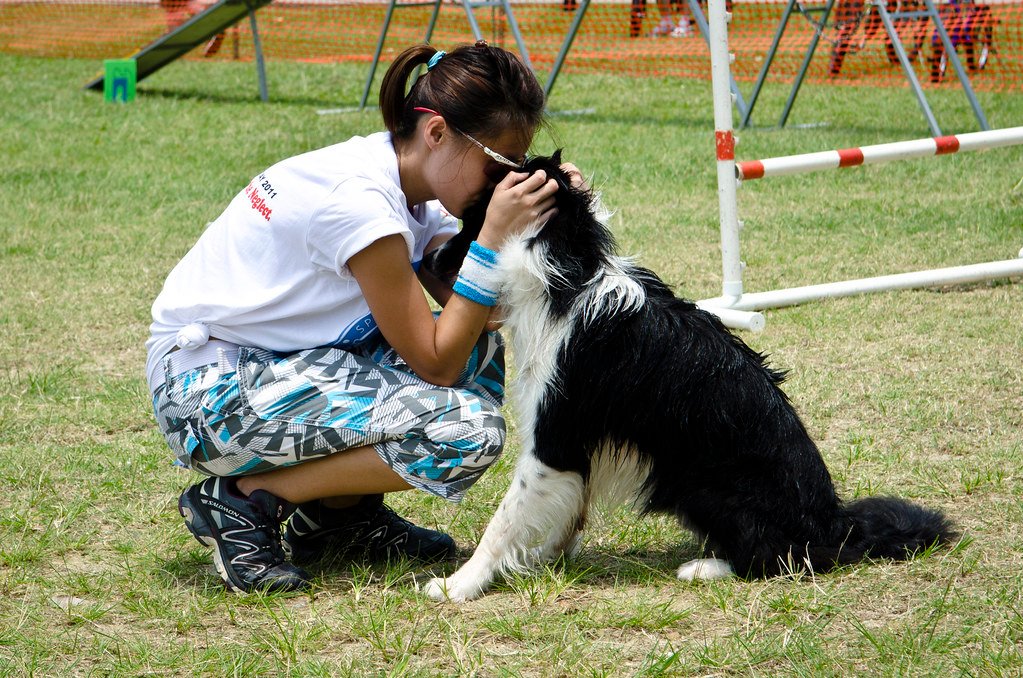Have you ever looked into your dog’s eyes and wondered what they’re really feeling? Underneath those wagging tails and playful barks, dogs have deep emotional needs—some of which we humans tend to miss. It’s easy to think that food, water, and a walk are enough. But our furry friends rely on us for so much more than the basics. Their hearts are bigger than we sometimes realize, and their emotional world is just as rich as ours. Let’s lift the curtain and discover the overlooked feelings and needs that can truly transform your dog’s happiness—and your bond with them.
Craving Consistent Companionship
Dogs are naturally social animals; being left alone for too long can make them anxious and even depressed. They thrive when they feel like part of the family, not just a fixture in the background. If your pup follows you from room to room, it means they crave your company more than anything else.
It’s not just about being physically present. The quality of time you spend together matters, too. Leaving a dog alone for long periods every day can lead to destructive behavior or even separation anxiety. Try carving out special moments, like a gentle cuddle or a simple “good morning” routine, to let them know you’re there.
Needing Predictable Routines
Dogs find comfort in knowing what to expect. Sudden changes—like a skipped walk or a late dinner—can leave them feeling unsettled. A steady routine helps them feel safe, reducing stress and confusion.
If you’ve noticed your dog acting anxious when you switch up your schedule, it might be their way of asking for more predictability. Even small rituals, such as the same bedtime or feeding time, can make a world of difference to their emotional well-being.
Longing for Gentle Affection
Not all dogs are the same when it comes to affection, but most crave some kind of loving touch. A gentle pat, a belly rub, or a soft word can reassure them more than you might think. It’s their way of connecting and feeling accepted.
On the flip side, some dogs might shy away from too much physical contact, especially if they’ve had negative experiences. Pay attention to their body language—a wagging tail, relaxed ears, or leaning in are signs they’re enjoying the moment.
Desiring Clear Communication
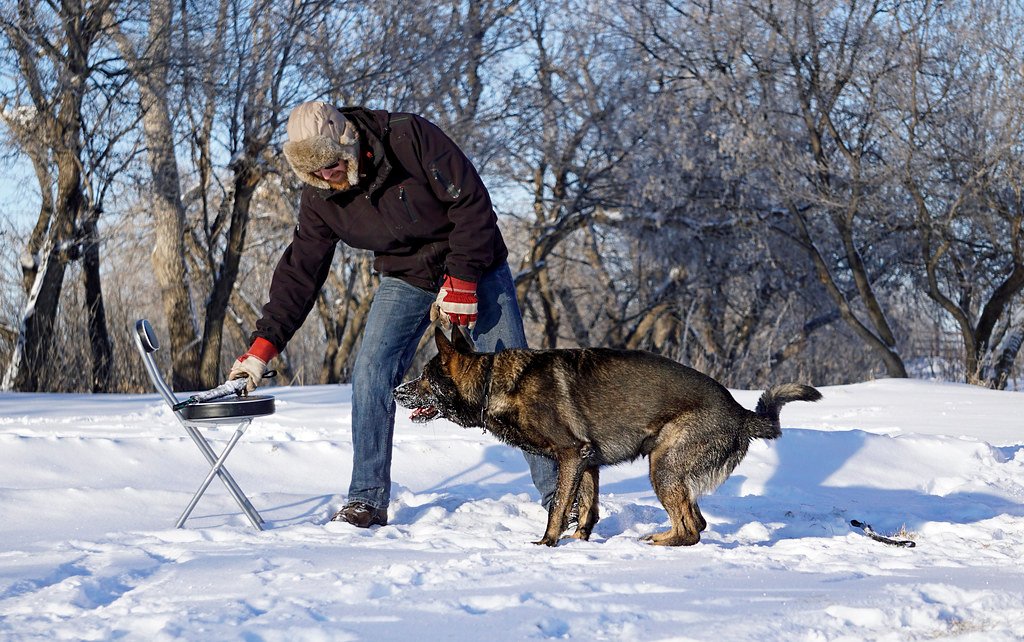
Imagine trying to figure out what someone wants without understanding their language—it’s frustrating. Dogs feel the same when our signals are mixed or confusing. Consistent commands and gestures help them feel confident and secure.
If your dog seems confused or anxious after you give an instruction, it might be time to simplify your cues. Repetition, a calm tone, and clear body language can help your pup understand what you expect, reducing their stress and boosting their trust in you.
Yearning for Purpose and Jobs
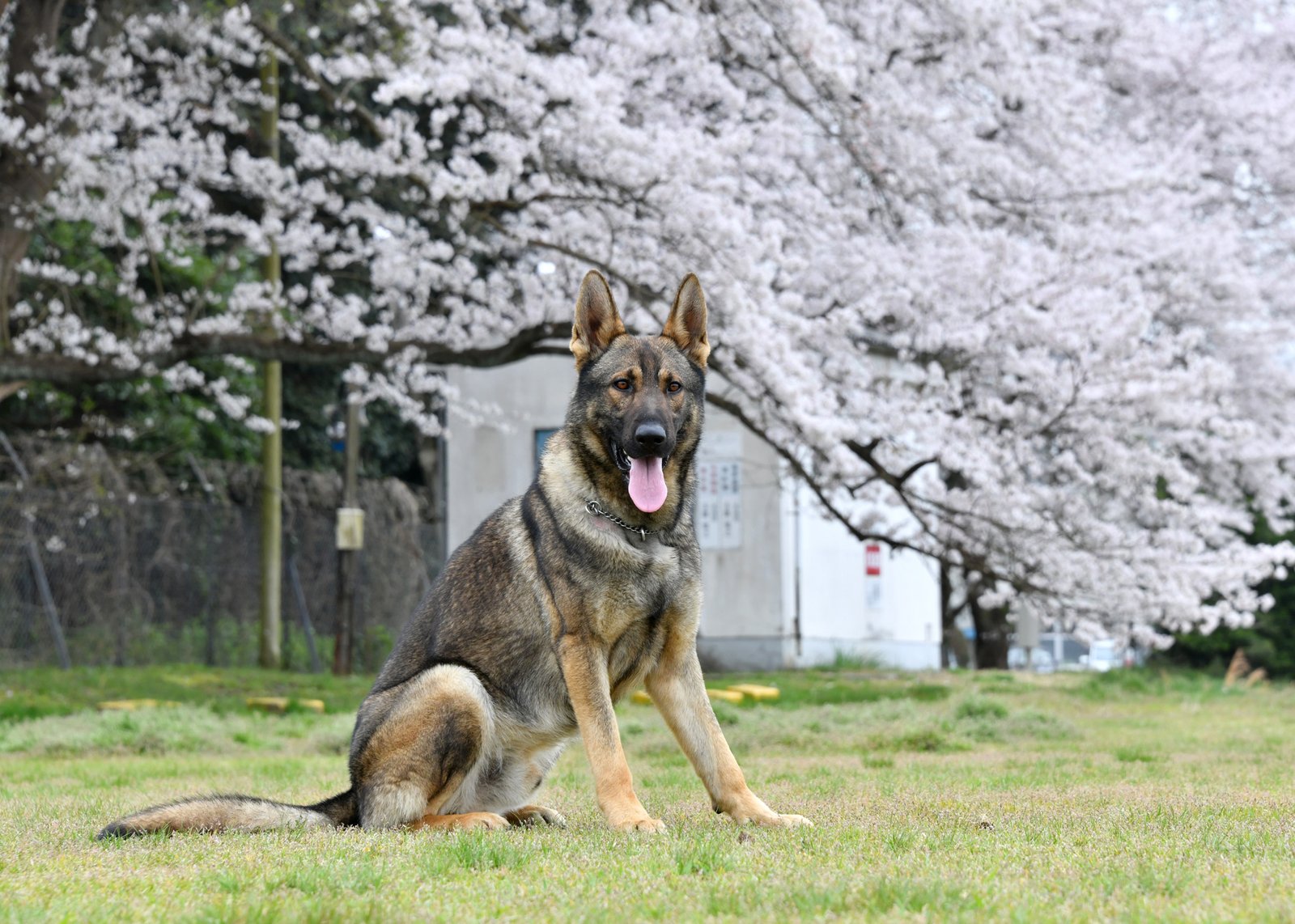
Many dogs were bred for specific tasks—herding, guarding, retrieving. When they don’t have a job or purpose, they can get bored or even sad. Giving them little tasks, like fetching the newspaper or carrying a toy, can give them a sense of accomplishment.
Try creating simple challenges at home, like puzzle toys or teaching new tricks. You’ll often see your dog’s eyes light up with pride when they master something new. It’s their way of saying, “Look, I did it!”
Seeking Socialization and New Experiences
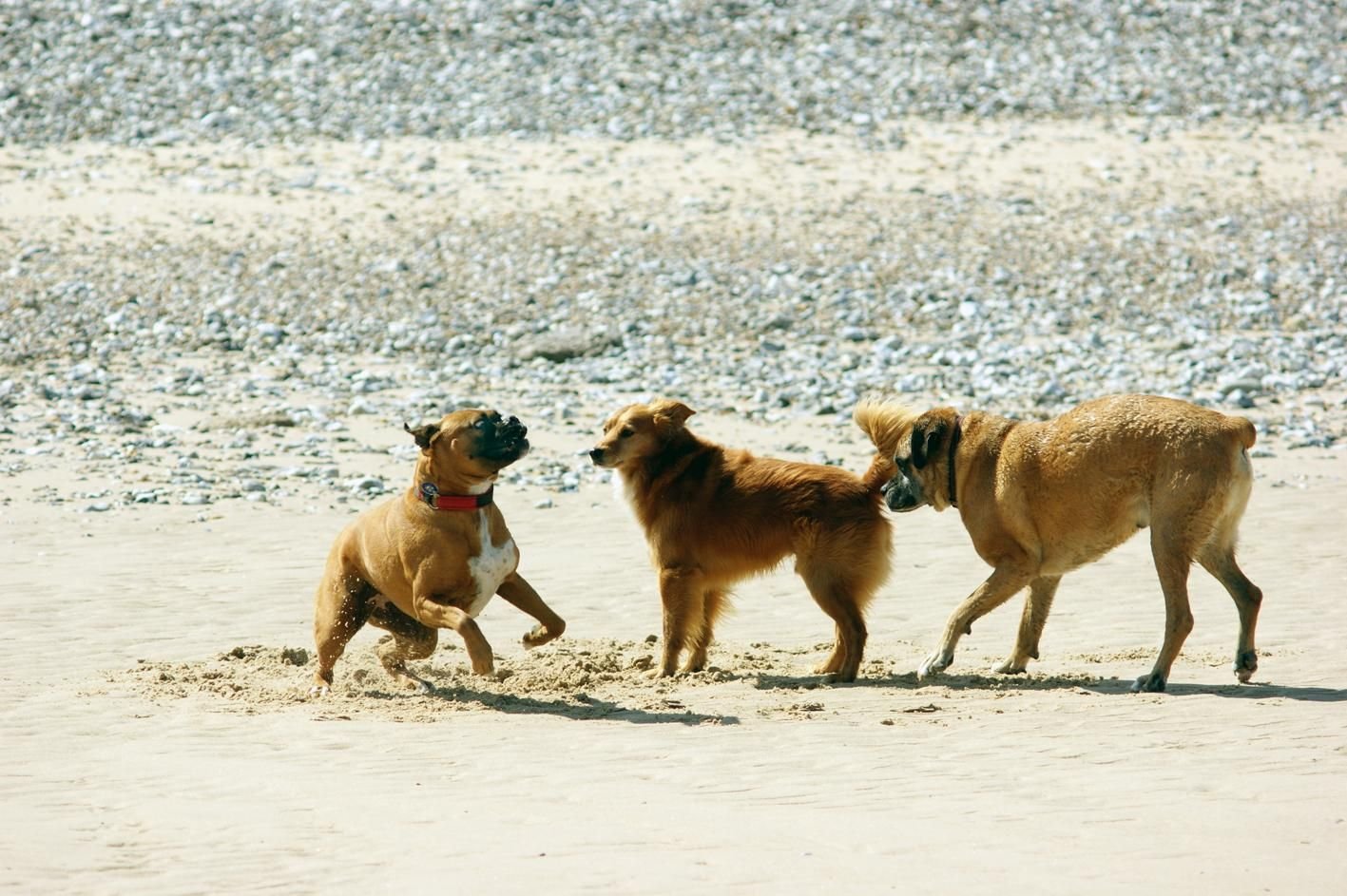
Dogs need more than just their humans—they thrive when they meet other dogs and explore new environments. Socializing keeps their minds sharp, reduces fear, and builds confidence. Without it, some dogs can become withdrawn or fearful of strangers.
Taking your dog to a different park or arranging playdates helps them stretch their social muscles. Watch for signs of joy, like playful bows or happy barks, when they meet new friends. It’s their way of celebrating life’s little adventures.
Wanting Gentle Correction, Not Harsh Discipline
Dogs don’t understand punishment the way humans do. Yelling or physical reprimands can break their spirit and damage your bond. Instead, they respond best to calm, gentle corrections and lots of praise when they get things right.
If your dog looks guilty or hides after a mistake, it’s not because they understand punishment—they’re reacting to your tone and body language. Focus on positive reinforcement, and you’ll see their confidence blossom, making training a joyful experience for both of you.
Needing Opportunities for Play

Play isn’t just about burning energy; it’s crucial for emotional health. Dogs use play to relieve stress, express joy, and bond with their people. Without enough playtime, some dogs can act out or seem listless.
Try incorporating different types of play—tug-of-war, fetch, or even hide-and-seek. Each game taps into different instincts and keeps your dog mentally and emotionally engaged. You’ll notice their mood lift, tail wag, and eyes sparkle with every playful moment.
Craving Safe Spaces for Rest

Even the most energetic dogs need a quiet place to retreat. A cozy bed, crate, or quiet corner helps them feel secure when life gets overwhelming. Without this, dogs can struggle to relax, leading to irritability or anxiety.
Watch how your dog chooses their resting spots. If they frequently hide or seem restless, they may be searching for a safer, quieter place. Offering a designated “safe zone” can help them recharge and feel protected.
Desiring Mental Stimulation
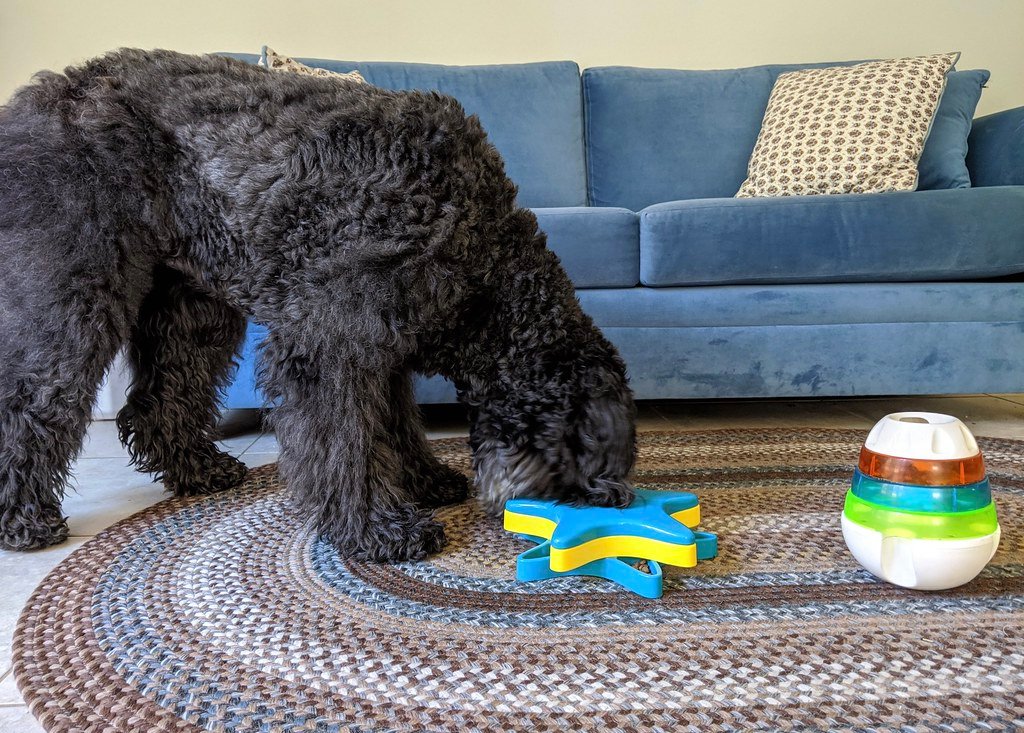
Boredom can be just as damaging as loneliness. Dogs need to exercise their brains as much as their bodies. Puzzles, treat-dispensing toys, and training sessions can prevent them from feeling unfulfilled.
Look for signs like chewing on furniture or excessive barking; these can be cries for more mental activity. Switching up toys, teaching new tricks, or even letting them sniff around on walks can make life much more exciting for your furry friend.
Seeking Respect for Their Boundaries

Just like people, dogs need their boundaries respected. Some might not want to be hugged tightly or disturbed while eating. Ignoring these signals can create stress or even fear.
Pay attention to subtle cues: turning away, licking lips, or tensing up. These are gentle reminders to give them space. By honoring their comfort zones, you build trust and help them feel safe in your care.
Longing for Emotional Validation
Dogs pick up on our emotions and often mirror how we feel. They need to know that their feelings matter, too. Comforting them during storms or stressful events shows empathy and strengthens your bond.
If your dog trembles during fireworks or whimpers during vet visits, soothing words and gentle touches go a long way. Treat their feelings as real, and you’ll help them navigate the scary parts of life with more confidence.
Needing Patience During Learning
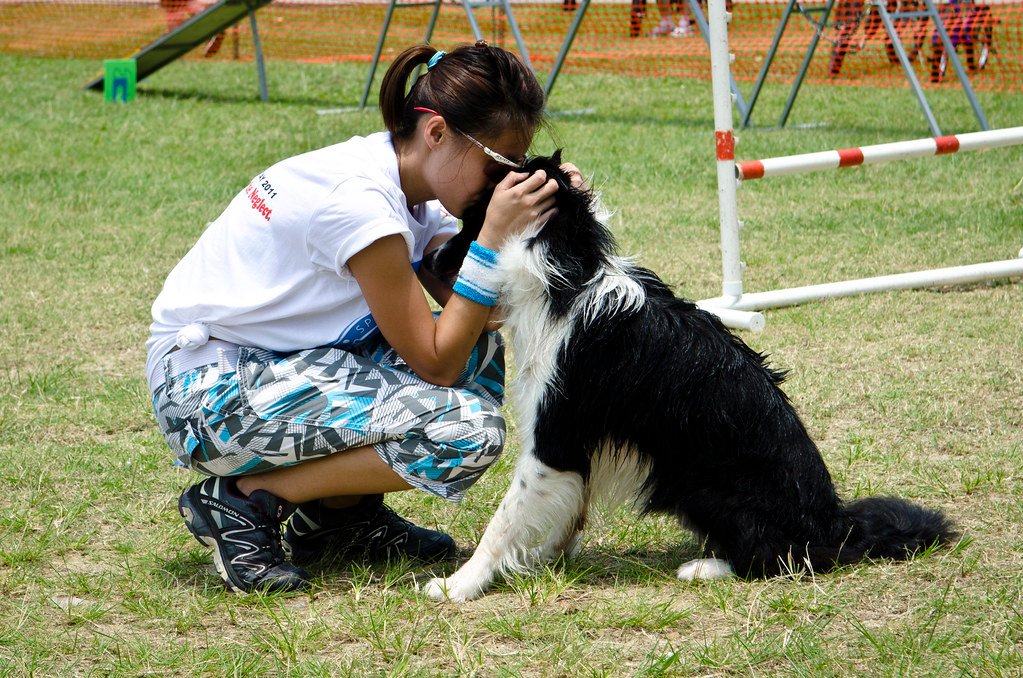
Learning new things can be tough for dogs, especially if they don’t get it right away. Frustration—yours or theirs—can erode their confidence. Offering patience and encouragement helps them try again without fear.
If your dog struggles with a trick, break it down into smaller steps and celebrate tiny successes. Remember, every dog learns at their own pace, and your patience is the secret ingredient that makes learning fun.
Desiring Trust and Safety Around Strangers
Meeting new people or animals can be intimidating for dogs. They look to you for cues on who’s safe and how to behave. Forcing them into uncomfortable situations can increase their anxiety or lead to reactive behavior.
Let your dog approach new friends at their own pace, and never force an introduction. Watch for relaxed body language or a gentle tail wag as signs they’re ready. Your trust helps them feel braver in the face of the unknown.
Wanting To Be Understood, Not Just Managed
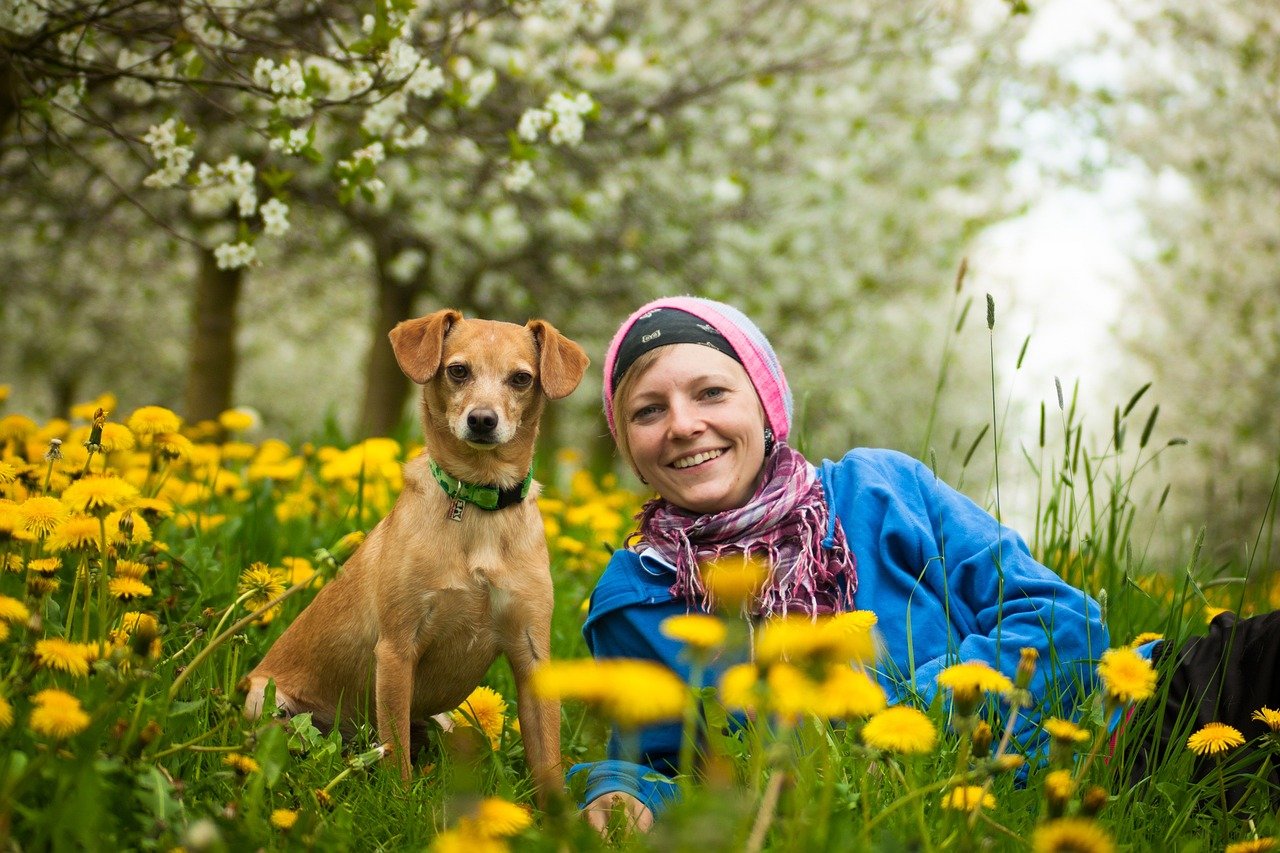
Dogs are more than just pets—they’re companions with their own feelings and quirks. Sometimes, their “bad” behavior is really just a plea for understanding. Digging, barking, or whining might be their way of telling you something is wrong or missing.
Instead of seeing these moments as problems, try to look at them as messages. What is your dog trying to say? Sometimes, all they need is to be heard—and that’s the greatest emotional gift you can give.

